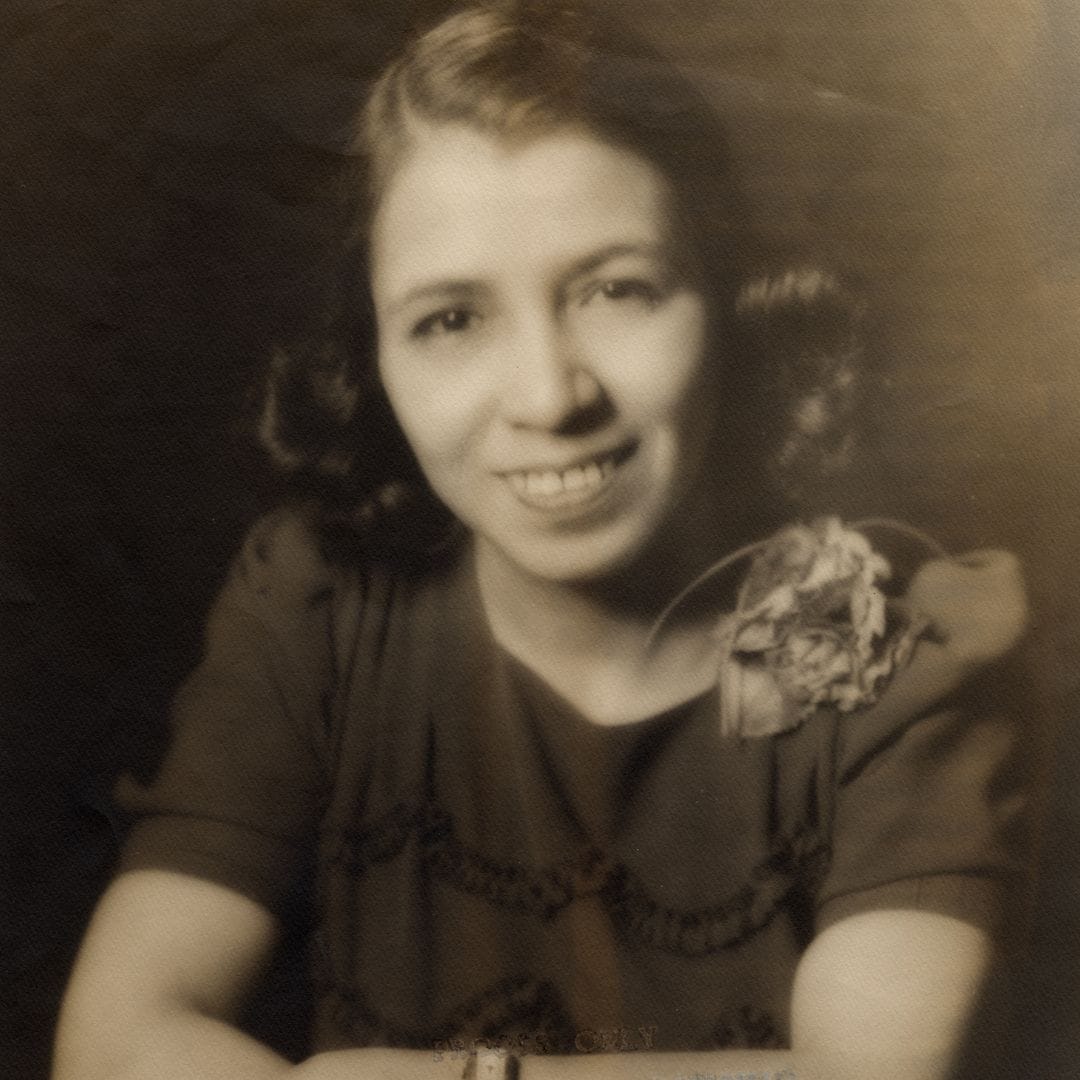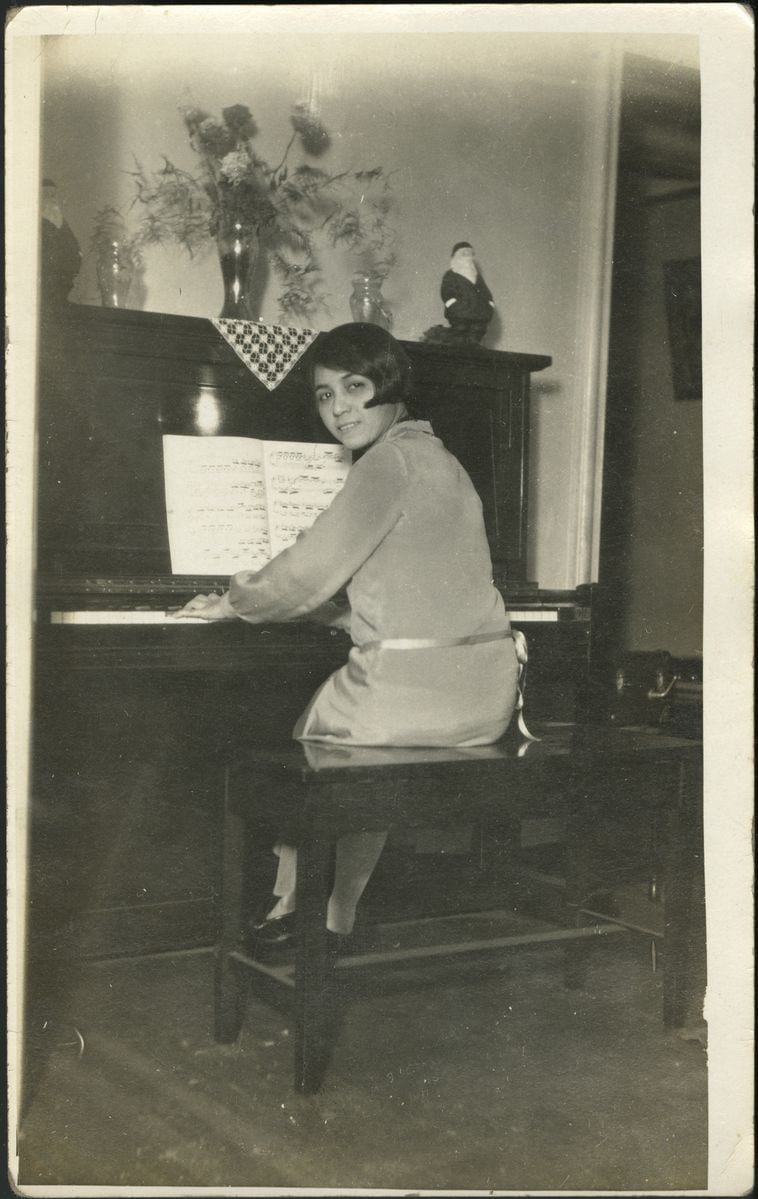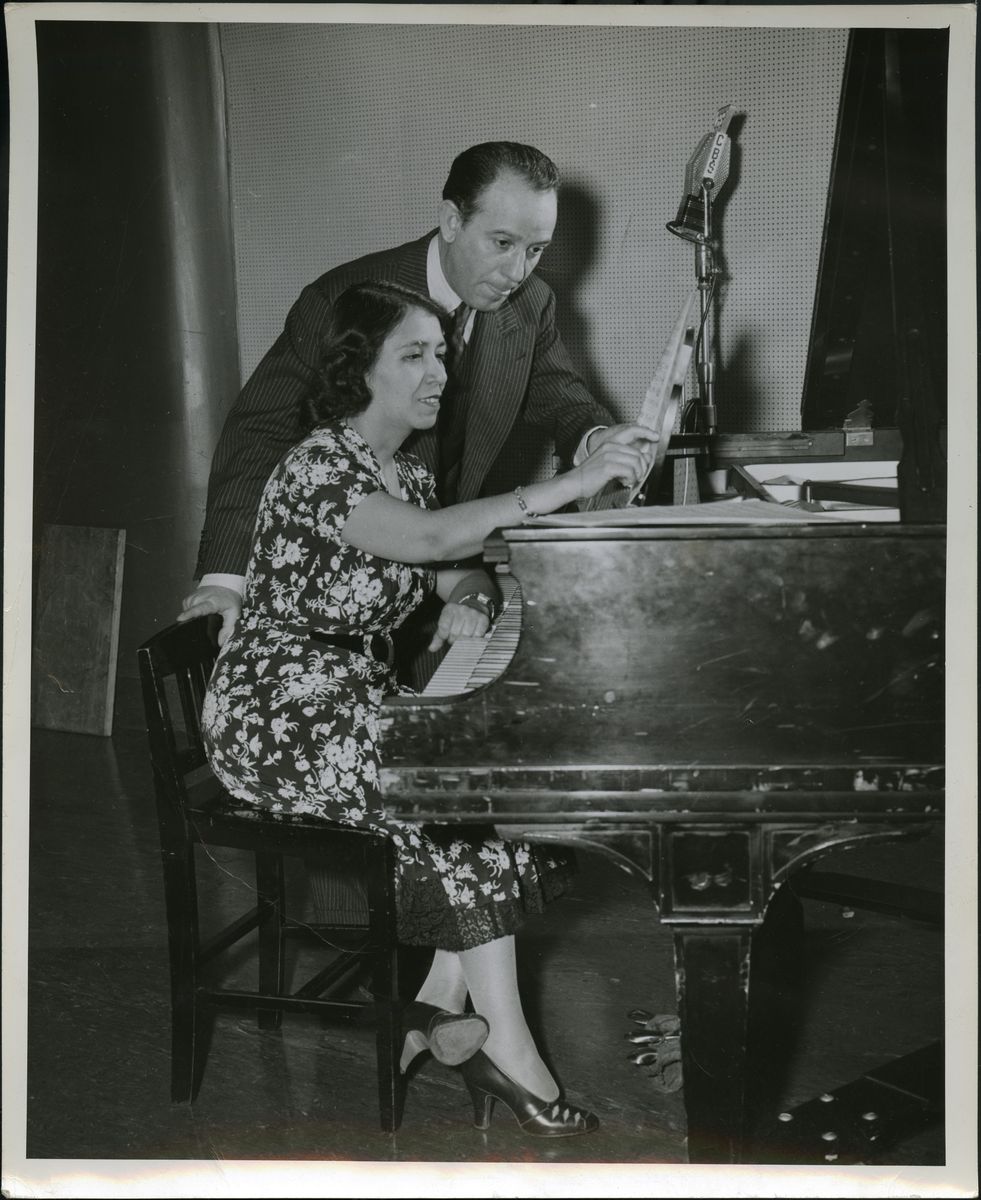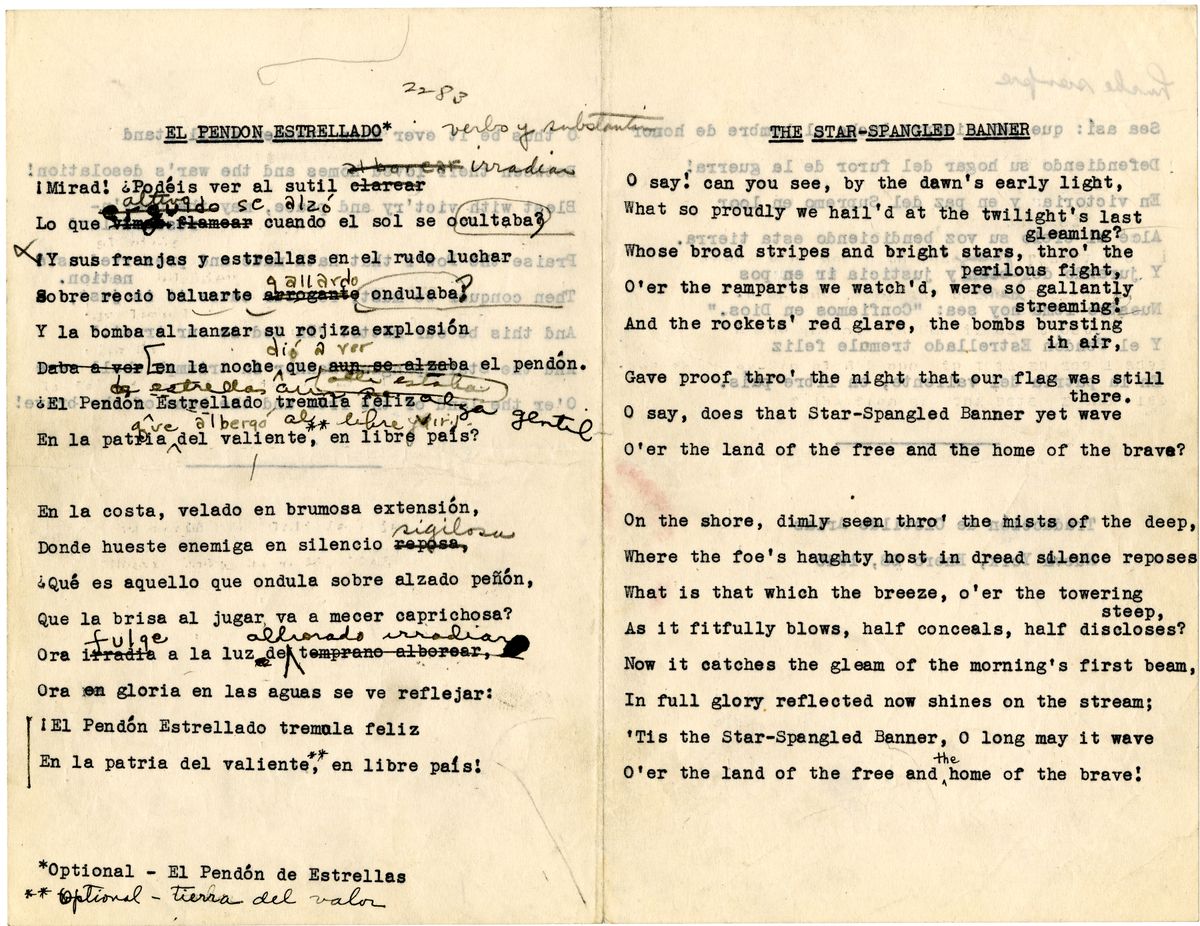Clotilde Arias Chávarri Anduaga de Ferrero (June 20, 1901 – May 6, 1959) was a remarkable Peruvian-American lyricist and composer whose work transcended borders and cultures. She is best known for her iconic composition "Huiracocha," a song that gained immense popularity in Peru and resonated with audiences worldwide. Born in Iquitos, Peru, Clotilde Arias showed early musical aptitude.
Her passion and talent led her to pursue a career in composing and lyricism. She eventually moved to the United States, where her unique blend of Peruvian musical traditions and American influences began to flourish. "Huiracocha," one of Arias' most celebrated compositions, captures the spirit and essence of Peruvian culture. The song's haunting melody and evocative lyrics made it a favorite in Peru and among international audiences. Its enduring popularity is a testament to Arias' ability to craft music that resonates deeply across different cultures.
The song's significance was highlighted on December 9, 2006, when renowned tenor Juan Diego Flórez performed "Huiracocha" at London's Barbican Hall. This performance brought Arias' work to a global audience and showcased the timeless quality of her composition. In 2013, pianist Ward De Vleeschhouwer recorded a solo piano version of "Huiracocha" on the album "Chicha Morada." This rendition further cemented the song's place in classical and contemporary music repertoire.
In 1946, the U.S. Department of State recognized Clotilde Arias' linguistic and musical talents, commissioning her to translate "The Star-Spangled Banner" into Spanish. Her translation remains one of the most faithful renditions of the anthem, capturing both the spirit and poetic nuances of the original English lyrics.
This translation is now prominently displayed in the Star-Spangled Banner exhibit at the National Museum of American History in Washington, D.C. Clotilde Arias' contributions to music and culture have been celebrated through tributes and exhibitions. One notable tribute occurred on October 30, 2020, when the National Museum of American History in Washington, D.C., honored Arias with a post on their Instagram account, @amhistorymuseum.
An exhibit showcasing Arias' cultural achievements opened at the Albert H. Small Documents Gallery on September 27, 2012. This exhibit, which ran until April 2013, featured a display of her works in the arts and writings, highlighting her significant impact on Peruvian and American cultures.
,type=downsize)







